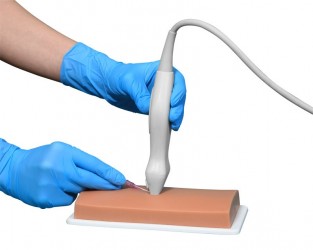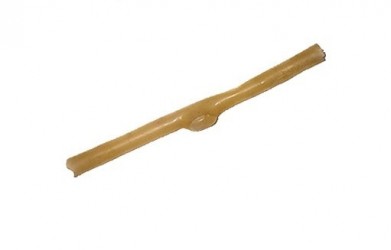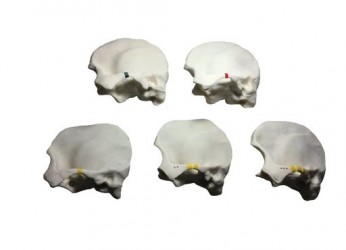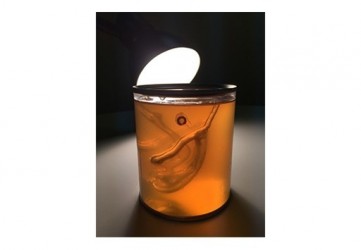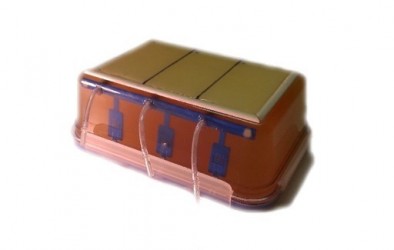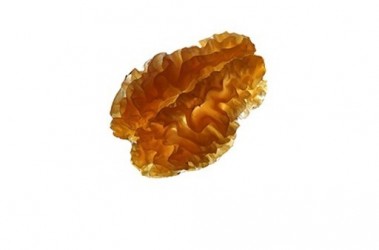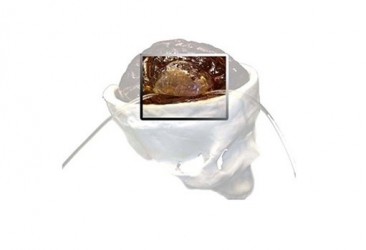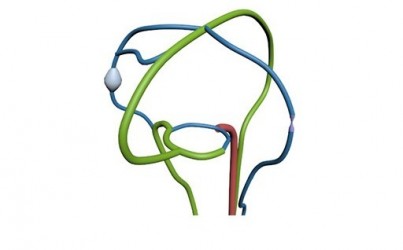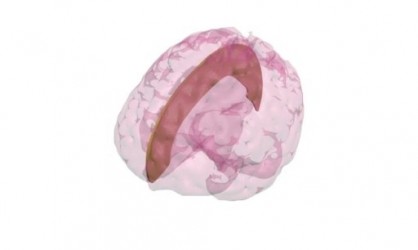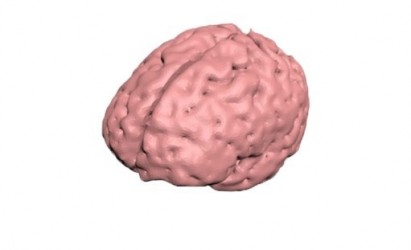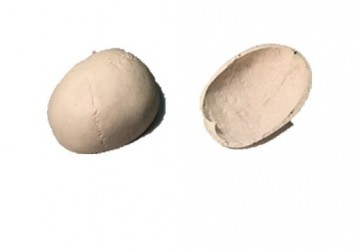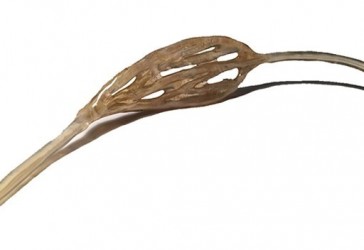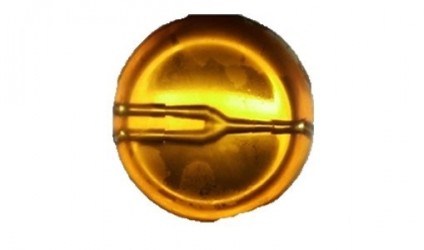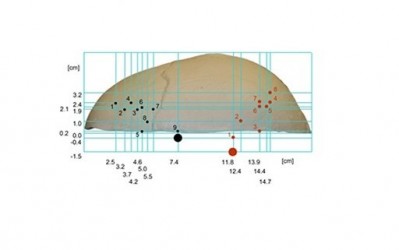Home / Medical simulators / / Radiological phantoms - miscellaneous
 Download a PDF file
Download a PDF fileMedical simulators -
Radiological phantoms are extremely advanced devices that reflect real and realistic clinical conditions, without the participation of actual patients. These devices allow you to practice and improve medical skills in the field of medical imaging procedures. Medical simulation is one of the popular education methods using specialized educational equipment - from trainers with a simple structure and functions, intended for learning simple, single medical procedures and tasks, through advanced phantoms, mannequins, simulators with a more complex structure - in the form of complete, e.g. whole patients faithfully reflecting the parameters and structure of real people. The main goal of medical simulation is to prepare future medical staff to work with real patients by creating the most optimal, safe and real training conditions that faithfully reflect the actual situation. The undoubted advantage of medical simulation is the shortening of the time required for proper preparation for the profession compared to traditional teaching methods. Medical simulators are one of the most necessary educational tools for students of various medical studies - doctors, nurses, paramedics, physiotherapists. Medical trainers can be used by students as a training tool for practical skills acquired during theoretical lectures. Thanks to them, the risk associated with inappropriate performance of a specific activity is reduced by one hundred percent.
Radiological phantoms:
- Radiological phantoms - anthropomorphic - anthropomorphic radiological phantoms are models that imitate the human body, made of materials with similar properties to the tissues of biological organisms. In contrast to the need to examine real patients, anthropomorphic phantoms allow for trials and experiments that help assess the optimal use of radiation, for example in new protocols or image reconstruction techniques. In addition, these radiological models are also used to train medical staff in the correct positioning of patients and taking accurate diagnostic images. Anthropomorphic radiological phantoms can be used to teach various imaging techniques and factors related to radiation exposure.
- Radiological phantoms - calibration - radiological phantoms that perform a calibration function are usually cylinders or plates made of materials with precisely known densities. They are used to monitor the quality of medical images, ensuring that phantom image reconstructions reflect the correct density values. If deviations from these known values are noticeable, it may indicate the need for maintenance or repair of the imaging equipment.
Radiological phantoms - OpenMedis offer:
- Radiological phantom of a 4-year-old child for X-ray, CT and MRI
- Ultrasound Training Face
- Basic newborn head phantom for ultrasound (USG)
- Configure your own head phantom for MRI, CT and ultrasound
- Upper limb of an adult for radiology (X-ray)
- Brain phantom for MRI, CT and ultrasound diagnostics (Basic version)
- Breast phantom for ultrasound, CT/X-ray and MRI
- Adult heart (transparent)
- Torso for emergency ultrasound + FAST protocol (non-transparent)
- Ear phantom calibration of noise reduction devices
- Dog phantom for X-ray, CT and MRI examination
Radiological phantoms - application:
- equipment for medical facilities and hospitals
- equipment for laboratories at universities as demonstration and training equipment
- training equipment during training and courses in the field of medical issues





 See our profile on Facebook
See our profile on Facebook
 Check our profile on Instagram
Check our profile on Instagram
